 Jeff Zurschmeide
.
August 18, 2019
.
Industry News
Jeff Zurschmeide
.
August 18, 2019
.
Industry News
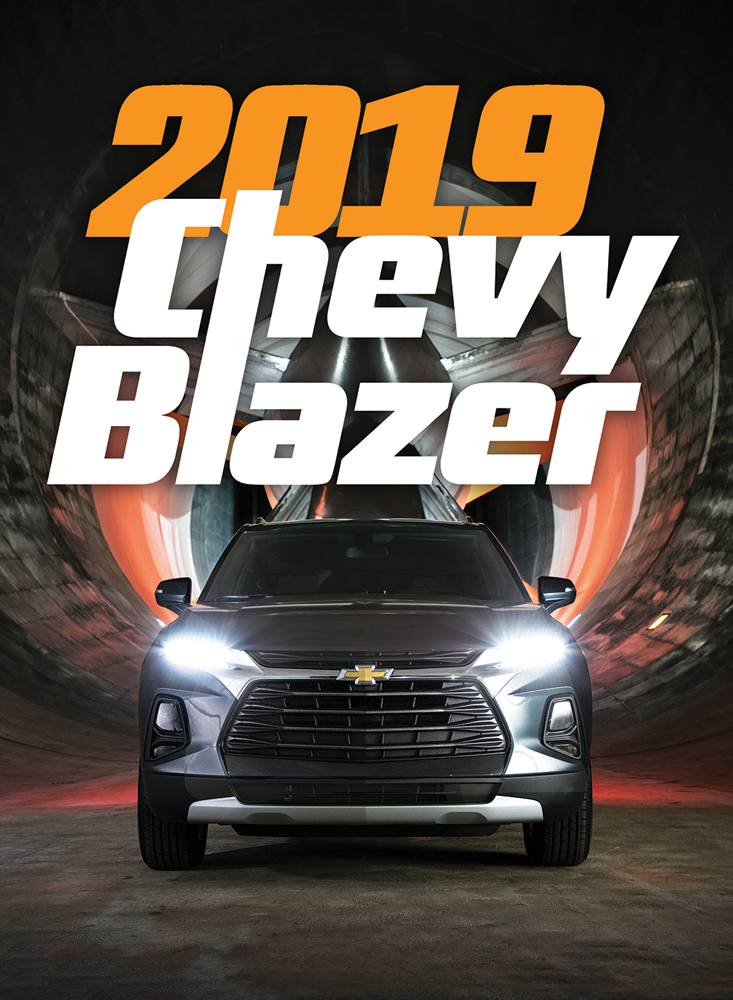
IT’S HARD TO THINK OF A MORE ICONIC SUV NAMEPLATE THAN THE BLAZER. Whether your taste runs to the original K5 that owned the full-size two-door SUV market from 1969 to 1991 or the compact S-10 Blazer that was made in various forms from 1983 to 2005, the Blazer played a key role in Chevy’s truck lineup for 36 years.

Now the Blazer name is back with an all-new design that hits a market segment that’s been missing from Chevy’s lineup until now. As a mid-size, two-row, five-passenger SUV, the Blazer is set to compete head-to-head with the Ford Edge and the Nissan Murano. That’s easy enough, but the new Blazer also has to take on the undisputed market leader: the Jeep Grand Cherokee. That’s not something you can do by slapping a trim package on the same old family SUV.
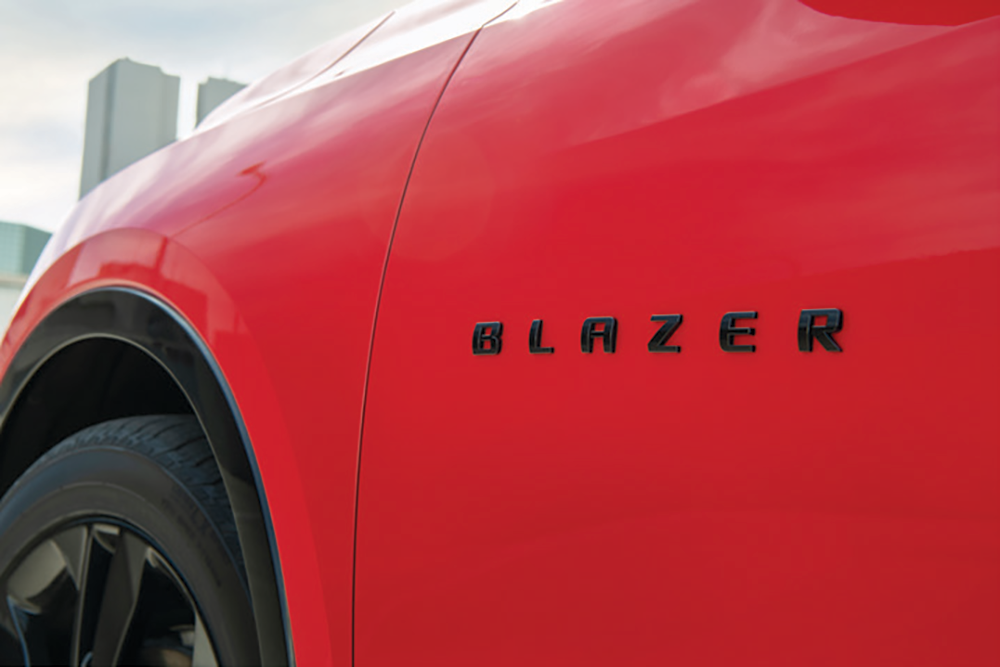

The 2019 Blazer marks new territory for Chevrolet, and it might be a look at future designs across the board. The Blazer shows off new body styling, provocative sculptured cut-lines and a new level of interior comfort at the high end. The Blazer gets a big in-yourface grille with LED daytime running lights and a short wide stance that recalls the original K5 design. If you want a seriously badass presence, the blackout trim and wheels on the Blazer RS sport model look the part.
Under the Blazer’s hood lies Chevy’s 3.6-liter V-6, naturally aspirated and direct-injected to produce 308 honest horsepower and 270 foot-pounds of torque. Yes, the base trims come with a four-cylinder, but we didn’t drive that one and you probably aren’t going to buy it.
WITH ITS NEW LOOK AND EVERYDAY UTILITY, CHEVY’S GOT A PLAYER THAT CAN GO HEAD TO HEAD WITH FORD, NISSAN AND EVEN JEEP.
The V-6 is paired with a nine-speed automatic transmission with the buyer’s choice of front-wheel or either of two all-wheel-drive systems. The base Blazer V-6 gets a simple AWD system that can disconnect the rear axle to save fuel, but the top RS and Premier trims get a twin-clutch rear axle that can send torque to either or both rear wheels as needed. Not only does this system work better on ice and snow, but it also adds torque vectoring capability for dry pavement handling.
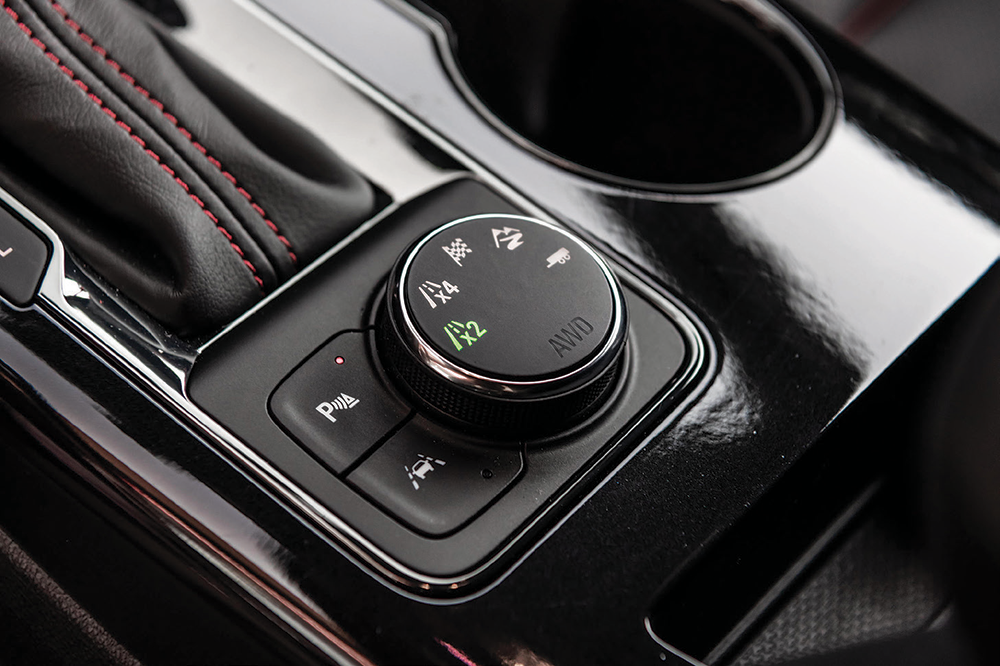
All Blazers include a set of appropriate drive modes that optimize the transmission and stability control systems for regular touring, snow and ice, sport driving, and tow/haul mode if the Blazer is equipped with a tow package. Properly equipped, the new Blazer can tow up to 4,500 pounds.
The low-end Blazers get a basic cloth interior, but they also get the same 8-inch touchscreen infotainment system as the top models. The Chevy system supports Android Auto and Apple CarPlay, so everyone gets navigation and data services.
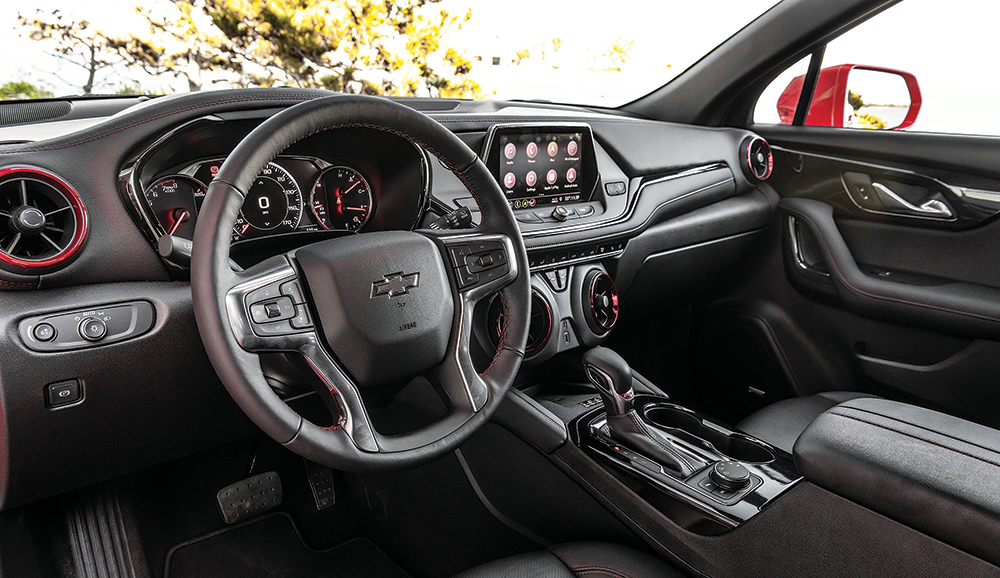
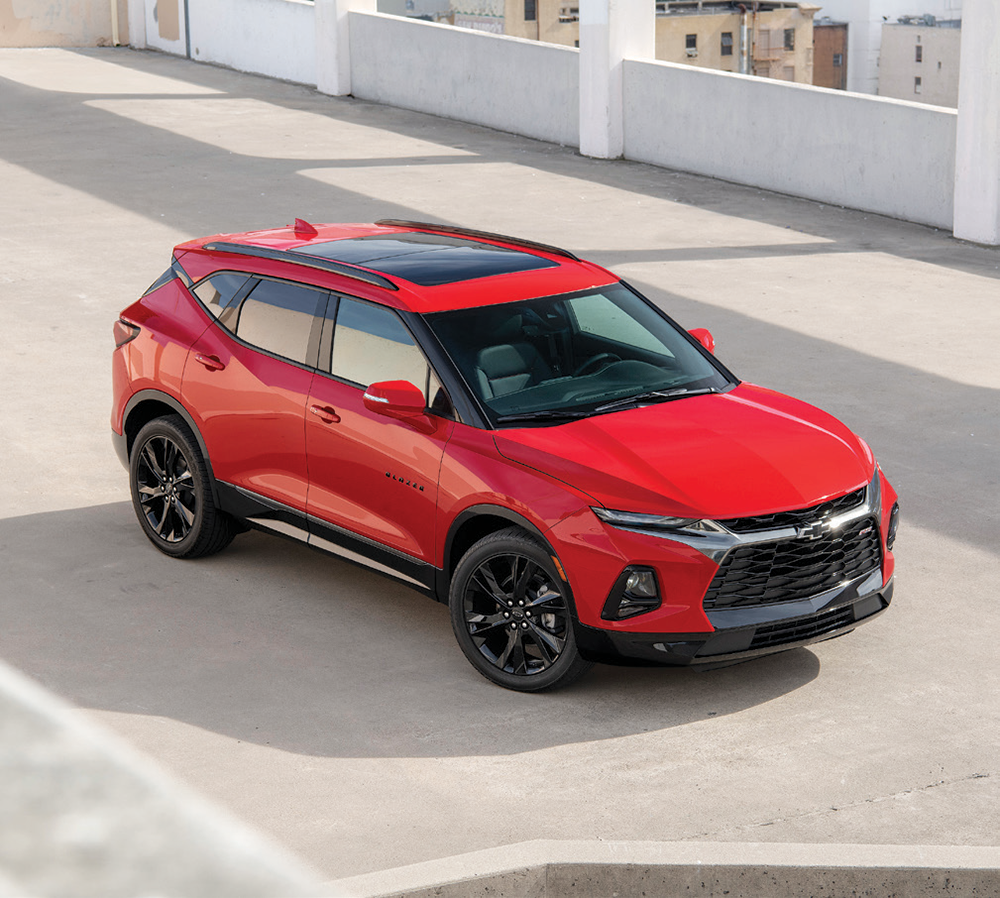
Top trims get leather, and if you option up to the Blazer RS or Premier, you’ll get heated and ventilated front seats, and heat in the outboard rear seats as well. That same option pack also adds high-end features like adaptive cruise control, 360-degree surround camera with a trailer hitch view, wireless charging and a camera rear view mirror.
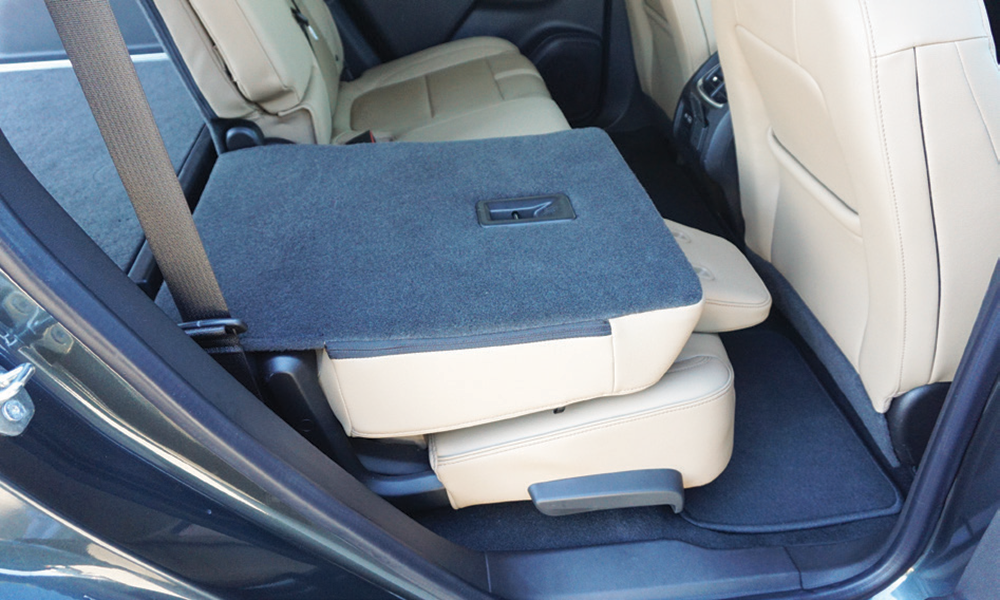
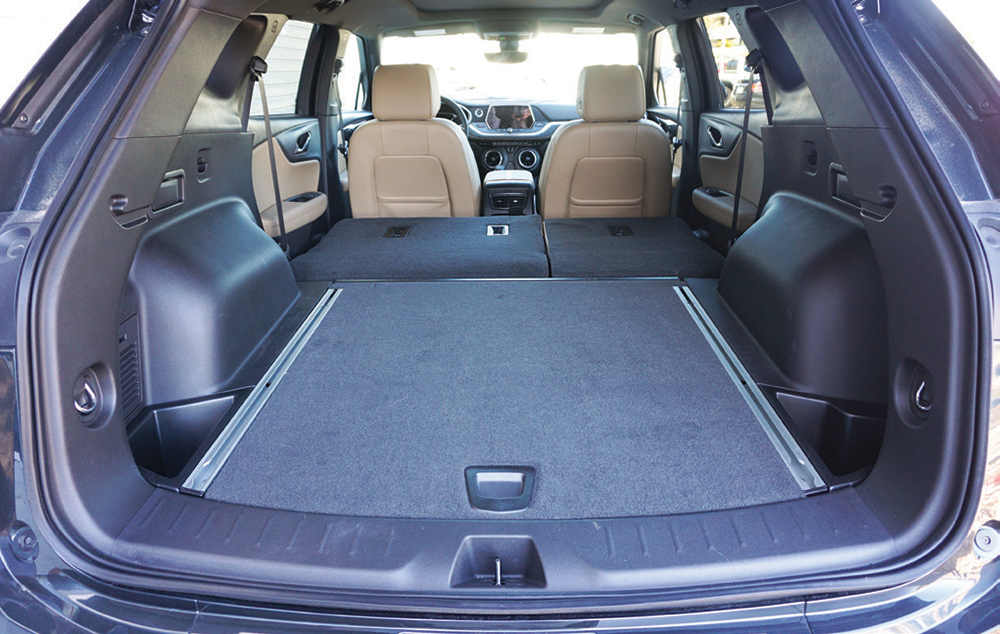
The biggest difference in trims is between the RS and Premier. The RS gets perforated black leather sport seats with red accent stitching and red highlights around the cabin, while the Premier gets a more traditional soft leather luxury treatment. Personally, we found the sport seats in the RS to be a little too hard for everyday use, but the Premier trim was just right.
The new Blazer includes active noise cancellation, so the cabin is whisper quiet, which is nice if you got the optional Bose audio system. The five-link rear suspension works to keep the Blazer flat and planted in corners. Even the cushy Premier trim handles crisply around corners and curves.
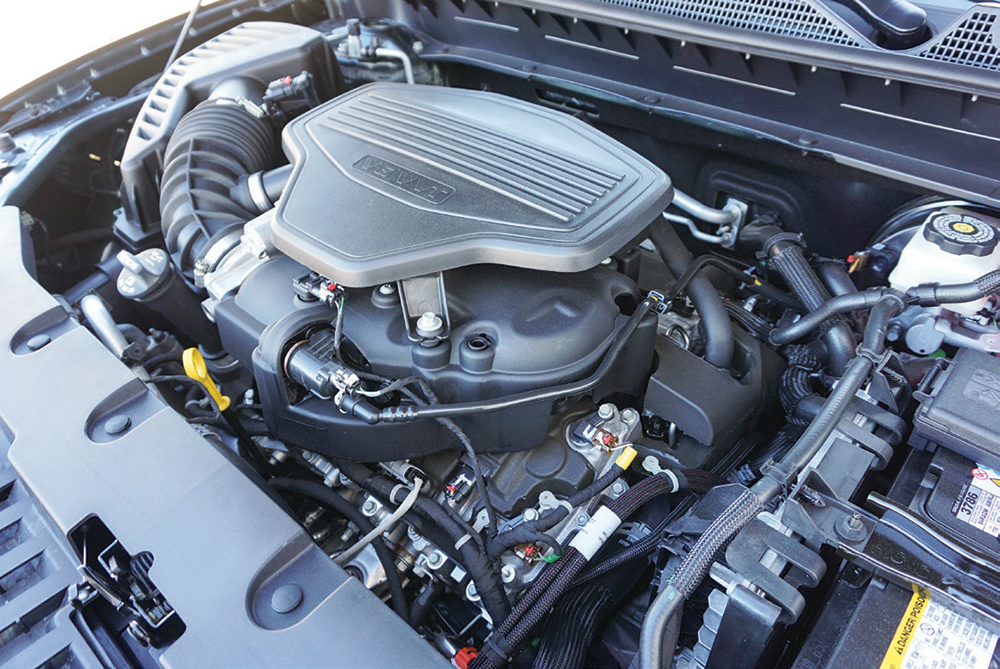
Engine power is good enough for everyday use, but we found ourselves wanting a little more when it came time to pass a big truck. The V-6 AWD Blazer tips the scales at 4,287 pounds, so that takes a bite out of performance.

For practical purposes, the Blazer provides 64.2 cubic feet of cargo space behind the front sets, and 30.5 cubes behind the second row. There’s also a little extra space underneath the floor at the back, which is nice for stuff you want to keep hidden.
The new Blazer isn’t much like an S-10 Blazer, and even less like an original K5. Both those rigs had a real hi-lo 4X4 system, and they were body-on-frame trucks. But at the same time, the new Blazer fits today’s market, where technology and comfort are the name of the game if you want to sell SUVs. With its new look and everyday utility, Chevy’s got a player that can go head to head with Ford, Nissan and even Jeep.
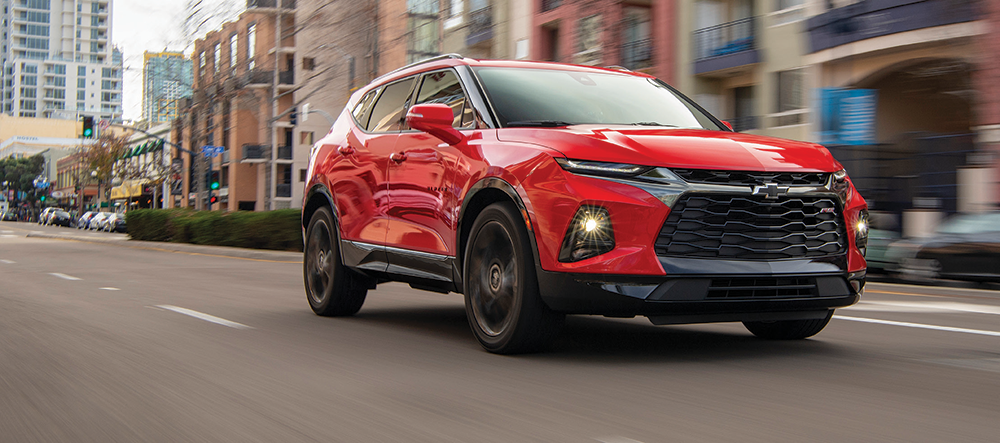
What are the implications of exceeding the payload rating of a truck when towing a camper?
When planning to tow a camper with your truck, it’s crucial to understand the implications of exceeding the payload rating. Doing so can have significant consequences not only for your vehicle’s performance but also for your safety and the safety of others on the road.
The payload rating is the maximum amount of weight your truck can safely carry, including passengers, cargo, and any additional load in the truck bed. This is different from the towing capacity, which refers to the maximum weight the truck can pull behind it.
To determine if you are exceeding your truck’s payload rating, follow these steps:
In conclusion, exceeding your truck’s payload rating can lead to serious safety, mechanical, and legal complications. It’s essential to stay within the manufacturer’s recommended limits and take necessary precautions to ensure a safe and enjoyable towing experience.
How do the towing capacity and payload of a Chevy 1500 LTZ Z71 impact its ability to tow a camper?
When you’re planning to tow a camper with your Chevy 1500 LTZ Z71, it’s essential to understand how towing capacity and payload impact your vehicle’s capability.
Towing capacity is the maximum weight your truck can safely tow. For your Chevy 1500 LTZ Z71, this is rated at 9,100 lbs. This means the combined weight of your camper and its contents should not exceed this limit.
Payload capacity refers to the total weight your truck can carry in terms of cargo, passengers, and tongue weight. Your model has a payload capacity of 1,502 lbs. Here’s a quick breakdown:
Tongue weight is typically around 10-15% of the trailer’s gross vehicle weight (GVW). For a camper with a GVW of 7,500 lbs, you should expect a tongue weight of approximately 750-1,125 lbs.
Here’s a simplified breakdown:
Given these figures, towing a camper that has a tongue weight of 1,125 lbs would exceed your remaining payload by roughly 323 lbs (1,125 – 802 lbs). This overage is significant and should be addressed.
While your Chevy 1500 LTZ Z71 has a robust towing capacity, its payload limitations mean that you may need to reconsider the weight of the camper or explore options to distribute the load more evenly. Using a weight distribution hitch with sway control can help, but ensuring you stay within payload limits is crucial for safety and vehicle longevity.
What transmission type is offered for each Chevrolet Equinox?
Here’s a detailed breakdown of the transmission type offered for each Chevrolet Equinox model:
Each of these Chevrolet Equinox models comes with an automatic transmission, paired with either front-wheel drive or all-wheel drive options.
What is the fuel efficiency (MPG) for each vehicle in city and highway driving conditions?
Here’s a detailed list of fuel efficiency for each vehicle in both city and highway driving conditions:
This collection provides a clear overview of the urban and highway mileage for each vehicle, allowing you to easily compare their fuel efficiency.
What features and specifications are available for each Chevrolet Equinox model?
Chevrolet Equinox Models: Features and Specifications
Location: Lawrence, KS
Mileage: 8,101 miles
Fuel Efficiency: 26 MPG city / 31 MPG highway
Color: Blue
Body Style: SUV
Engine: 4-cylinder, 1.5 L
Transmission: Automatic
Price: $18,988 or estimated $315/month
Location: Gadsden, AL
Mileage: 23,488 miles
Fuel Efficiency: 25 MPG city / 30 MPG highway
Color: Silver
Body Style: SUV
Engine: 4-cylinder, 1.5 L
Transmission: Automatic
Price: $16,780 or estimated $278/month
Location: Clarksville, TN
Mileage: 60,651 miles
Fuel Efficiency: 26 MPG city / 31 MPG highway
Color: Blue
Body Style: SUV
Engine: 4-cylinder, 1.5 L
Transmission: Automatic
Price: $14,754 or estimated $245/month
Location: Wisconsin Rapids, WI
Mileage: 94,393 miles
Fuel Efficiency: 26 MPG city / 32 MPG highway
Color: Red
Body Style: SUV
Engine: 4-cylinder, 1.5 L
Transmission: Automatic
What engine specifications and types are available in the listings?
Under the Blazer’s hood lies Chevy’s 3.6-liter V-6, naturally aspirated and direct-injected to produce 308 honest horsepower and 270 foot-pounds of torque. Yes, the base trims come with a four-cylinder, but we didn’t drive that one and you probably aren’t going to buy it.
For those still considering alternatives within the Chevrolet lineup, there’s a rich array of engine configurations to explore:
Each of these options provides a unique blend of power and efficiency, catering to various driving preferences and needs. Whether you lean towards the muscular V-6 of the Blazer or the balanced performance of the Equinox’s four-cylinder engines, Chevrolet offers a spectrum of choices designed to meet diverse automotive desires.
Have any of the vehicles been reported with damage or accidents?
Some vehicles have no reported accidents or damage, while others have reported damage, as indicated by CARFAXreports.
What are the vehicle histories and usage patterns?
Vehicle histories include purchase and ownership dates, locations, service history, and average mileage ranging from approximately 6,716 to 31,075 miles per year.
What additional features and packages are available with each engine type?
Features and packages include options like Remote Start, Heated Seats, Blind Spot Monitor, Power Liftgate, Keyless Entry, Sport Packages, and more, varying by model and year.
What types of drivetrains are offered in these vehicles?
The vehicles come with either front-wheel drive or all-wheel drive options.
What are the available engine sizes and configurations for Chevrolet Equinox models?
The Chevrolet Equinox models offer engine sizes including 1.5-liter and 2.0-liter 4-cylinder engines, as well as a 3.6-liter V-6 engine.
What additional packages and features come with each vehicle?
The biggest difference in trims is between the RS and Premier. The RS gets perforated black leather sport seats with red accent stitching and red highlights around the cabin, while the Premier gets a more traditional soft leather luxury treatment. Personally, we found the sport seats in the RS to be a little too hard for everyday use, but the Premier trim was just right.
Beyond the seating, each trim and model year offers a unique set of features and packages that cater to different preferences and needs.
By focusing on what each trim offers in terms of additional packages and features, buyers can make informed decisions based on their lifestyle and driving needs. Whether you prefer the sportiness of the RS or the luxurious comfort of the Premier, there’s a perfect match waiting to enhance your driving experience.
What are the wheel and tire specifications for each vehicle?**
The vehicles feature different wheel specifications, including alloy wheels and sizes like 17-inch wheels, contributing to the overall driving experience and aesthetic appeal.
What is the estimated mileage for each vehicle?**
The estimated annual mileage for the vehicles varies significantly, ranging from around 6,716 miles per year to over 31,075 miles per year, providing insights into vehicle usage.
What is the vehicle’s history regarding ownership, location, and service?**
Each vehicle has a record of ownership specifying purchase dates, states where owned, and last service dates, with most showing no accidents or damage reported. Some vehicles have been serviced at locations like Lawrence, KS, Gadsden, AL, and Richlands, VA.
What additional packages are included with each vehicle?**
The vehicles come equipped with various packages, including Sport, Driver Confidence, Preferred Equipment, Driver Convenience, Interior Protection, and Convenience packages. These enhance the vehicle’s functionality and comfort.
What specific features come with each vehicle?**
Each listed Chevrolet Equinox includes features such as remote start, keyless entry, heated seats, and various driver assistance features like blind spot monitors and lane departure warnings. The vehicles also vary in drivetrain options, including front-wheel and all-wheel drive.
Share Link